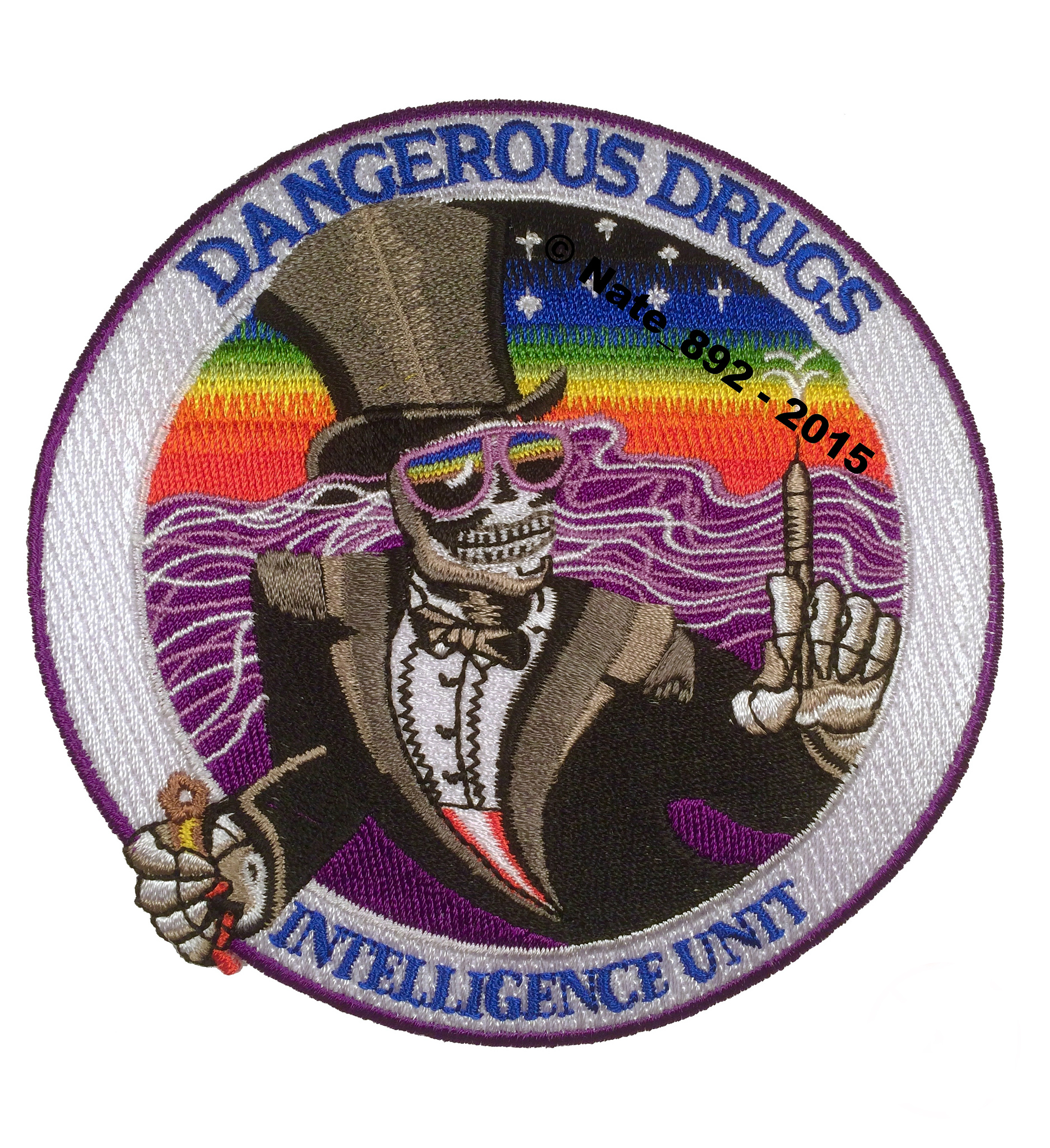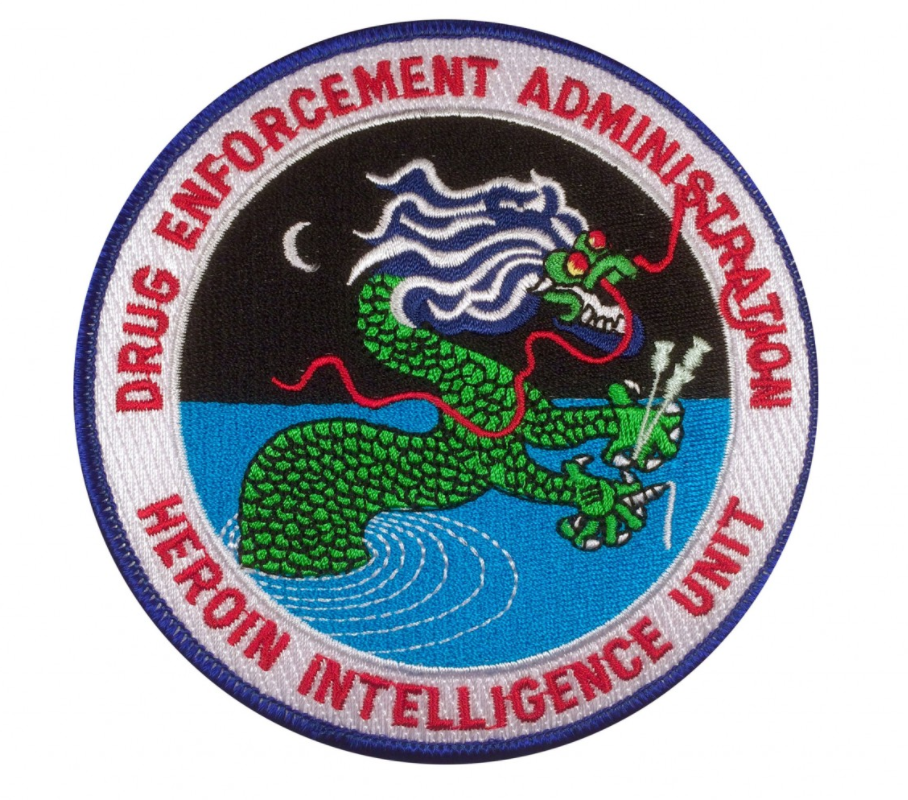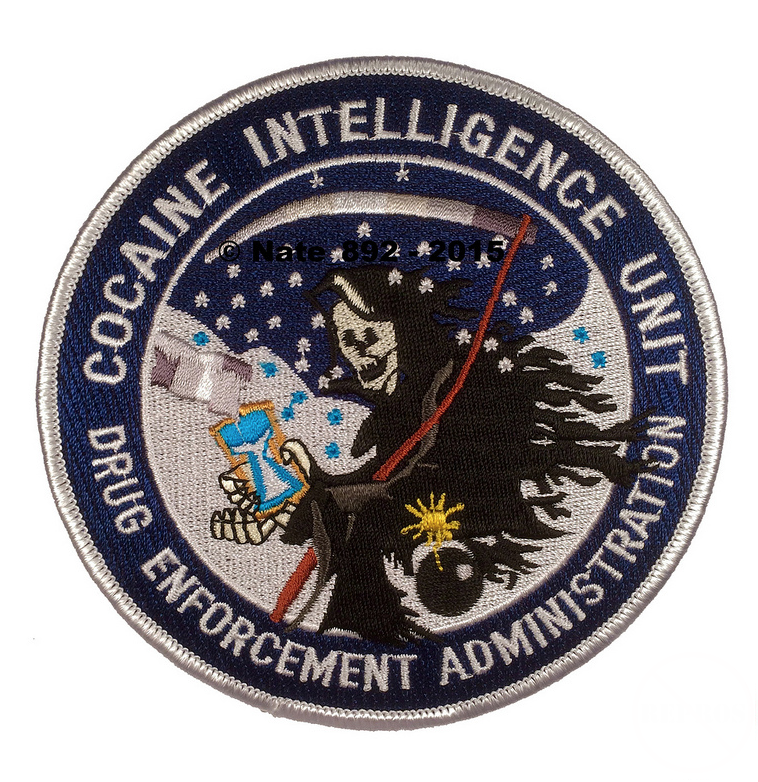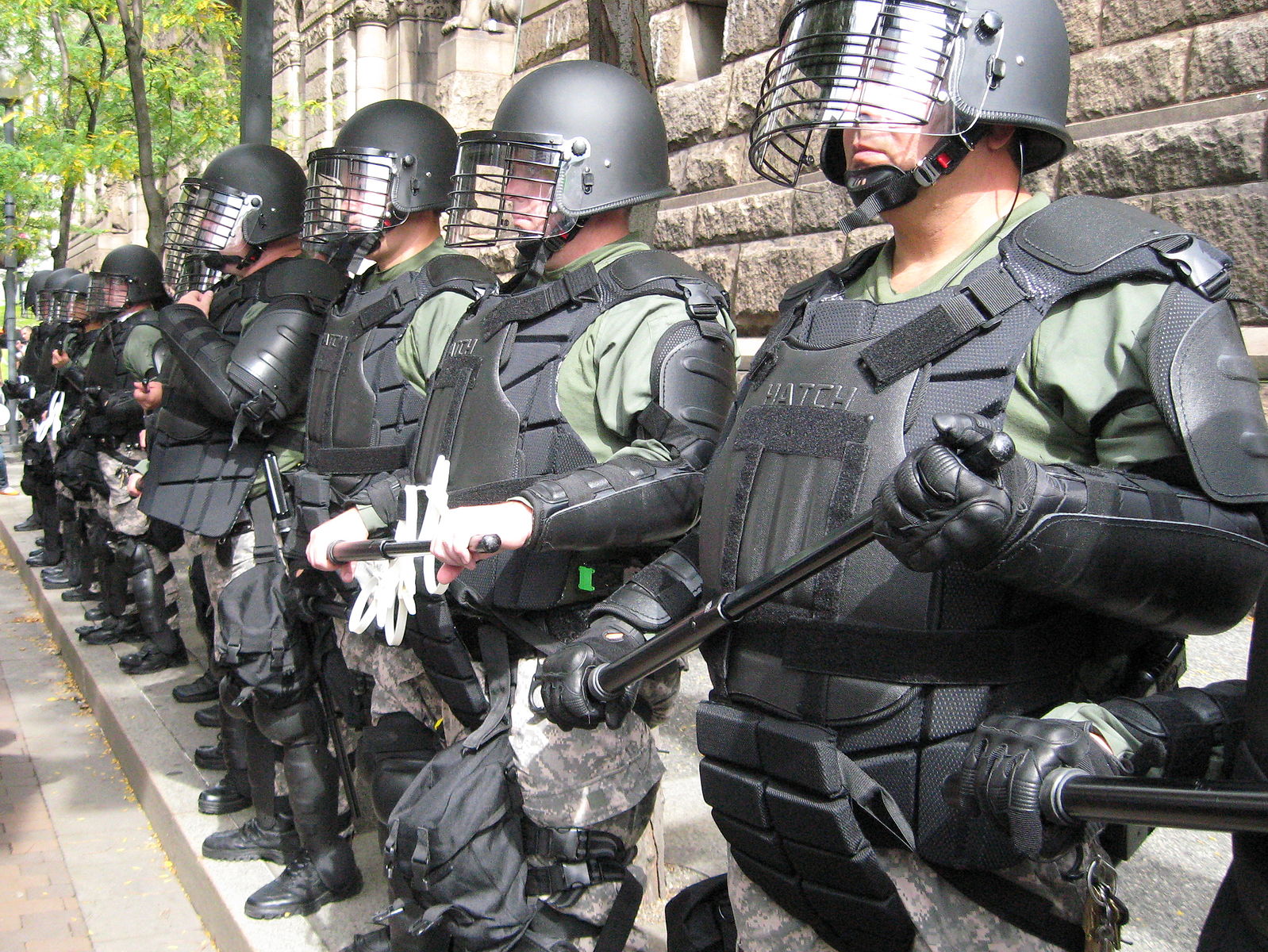These Harmless-Looking Patches Reveal a Problem With Our Police Culture

By:
What appears to be a psychedelic patch that could be worn by a fan of the Grateful Dead is actually something worn by drug enforcement agents across the nation.
The imagery of such patches is a vestige of the 1960s and 1970s and is a reminder of the militarization of law enforcement, particularly during the so-called War on Drugs of that era.
 Nathan Zubke - flickr.com
Nathan Zubke - flickr.com
Raymond Sherrard, who was in the narcotics group of the IRS' criminal investigation unit in the 1960s and 1970s, told ATTN: that they came into use to help identify who was a drug enforcement agent.
Many agencies would often work together on a case, and it could be difficult to tell who was with you and who was a criminal.
 Nathan Zubke - flickr.com
Nathan Zubke - flickr.com
"In the 1970s, everyone had long hair and beards," Sherrard said. "The drug cops and the dopers. So you had to have some way, when it came time for a raid, to tell the sheep from the goats." He said they started wearing raid jackets, and they'd put patches on them to identify which agency they were with.
As for the imagery — which often included skulls, scorpions, and monsters — Sherrard said many of the people involved in the so-called War on Drugs at that point were ex-military, so they had an affection for that kind of imagery. Many of those involved were hypermasculine types
 Nathan Zubke - flickr.com
Nathan Zubke - flickr.com
Larry Kirk retired last year from his job as police chief in Monroe, Missouri, after 20 years in law enforcement, and he handled many drug cases in his career.
Kirk told ATTN: that he sees these patches as a sign of the militarization of police.
"You see skulls and attacking-type imagery on them, and I think it's just kind of another reflection of some of the things we see in discussions around militarization," Kirk said. He said law enforcement typically wears patches that reflect the area they work for, which may feature a landmark known in a certain city. These patches represent a certain unit, as in the military.
Kirk believes in order to make the police and other law enforcement less militarized, you have to remove the military culture and practices from the agency, which includes the equipment they use.
A patch may seem like a small thing, but it represents a greater issue.
 Police State/Wikimedia - wikimedia.org
Police State/Wikimedia - wikimedia.org
"The culture of law enforcement today has grown into the idea that we're warriors," Kirk said. "You are out there trying to fight for the people, but, instead, the mentality that's being presented is we're fighting against all the people."
With local police departments receiving everything from armored trucks to grenade launchers over the years, it's clear the line between law enforcement and the military has become blurred.
Until law enforcement behaves like it's part of the community and exists to serve the people, more conflicts will arise.
